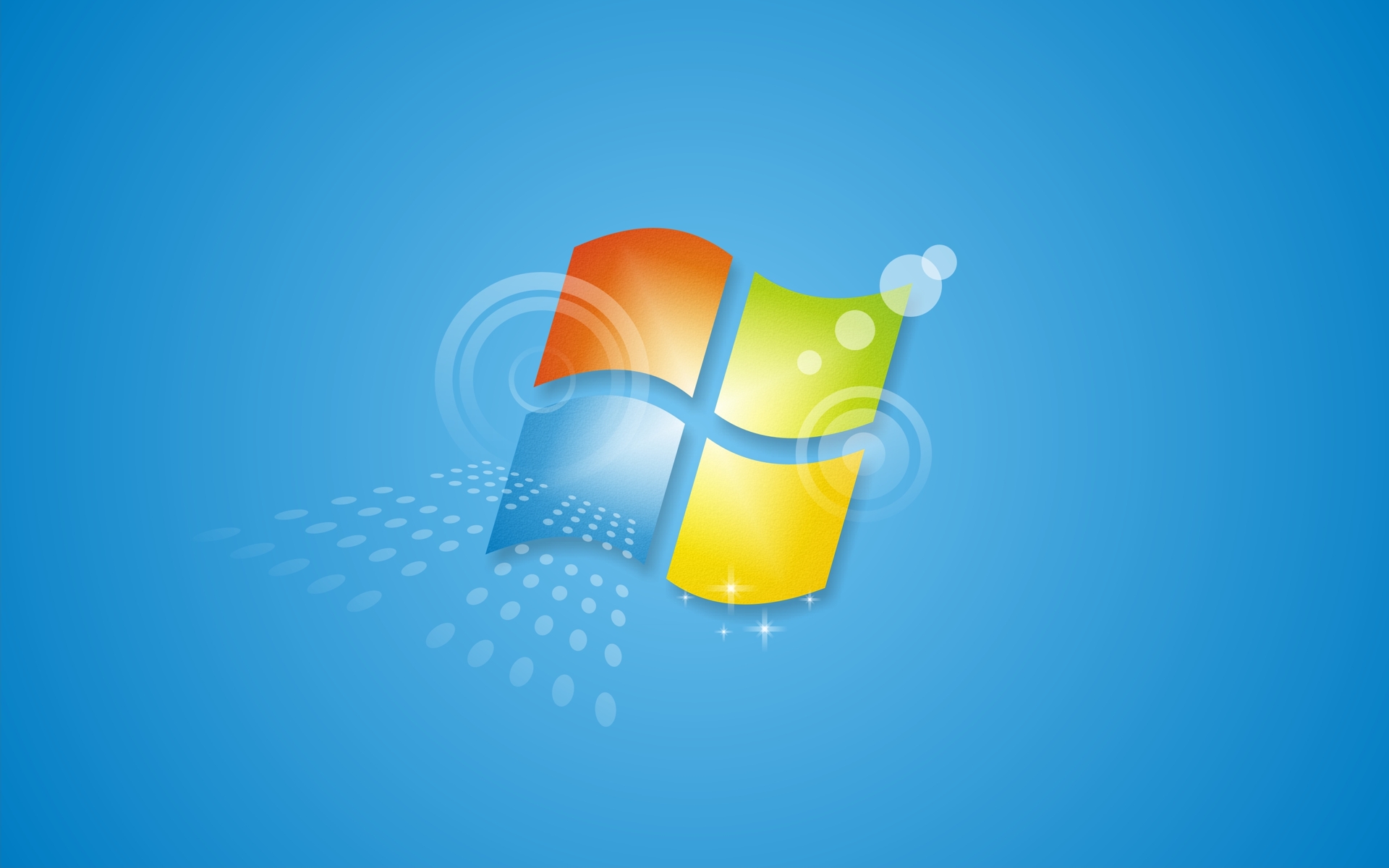The much anticipated release of Windows 7 is finally upon us. This Thursday, October 22, Microsoft's latest operating system arrives on the scene looking to win over skeptics disappointed with the much-hyped but often criticized Windows Vista. Whereas its predecessor got off to a rough start with plentiful compatibility issues and incessant "allow or deny" prompts annoying users, Windows 7 represents a major leap forward and has generally been regarded as a snappier and more polished operating system.
We've been playing with it ever since the beta became available, and can honestly say that much of the hype is justified. Although Windows 7 is still very much the same as Vista at its core, hundreds of small improvements make it work more smoothly, easier to navigate and overall better looking than before. With few exceptions, compatibility isn't expected to be a major issue either.
In preparation for the launch this week, we thought it would be a good idea to run through a few things worth keeping in mind before taking the plunge. If you are thinking about going Windows 7, read on.
There's been no shortage of coverage on Windows 7 – here and elsewhere. But if you are still undecided on whether Microsoft's latest operating system is worth your hard earned cash, or are simply uninformed about what it has to offer, reading a few reviews online should help.
Engadget and WinSuperSite have long pieces sharing their hands-on experience with the final, RTM version of Windows 7. You can also have a look at our news archive and get the gist of what have been going on the past few months.
In contrast with Vista, Microsoft has cut down on the number of Windows 7 editions to just Home Premium, Professional and Ultimate. Although additional versions will be available for specific regions, the aforementioned three are what primarily will be available to the general public. A pretty straightforward chart comparing each of them on a feature-by-feature basis is available here.
You should know that retail versions of Windows 7 will include both 32-bit & 64-bit discs on the box so you can install either version. For a brief run down on the advantages and disadvantages each possess, check out our previous article on the subject.
Microsoft will be granting both Windows XP and Vista users the right to buy "Upgrade" versions of Windows 7, which run for considerably less money compared to a full license. However there are a few considerations one must take into account, such as the Windows edition you are upgrading from. In an attempt to smooth things out for our readers, we've created a condensed, easy-to-digest reference with all of the potential paths.
If you bought your computer in the last couple of years or are already running Windows Vista smoothly, then you are probably all set as far as hardware requirements are concerned.
If you need to be 100% sure you are covered, Microsoft provides a simple upgrade tester called the Windows Upgrade Advisor, which scans your hardware, devices, and installed programs for known compatibility issues, gives you guidance on how to resolve potential issues found, and recommends what to do before you upgrade.
If you haven't been running any of the test releases as your main installation, setting up Windows 7 on top of your existing copy of Windows may feel a bit premature. Thankfully, setting up a dual boot configuration is both easy and practical, so you can run both side by side until you are ready to make the switch. Whatever you decide, it's just as easy to go back to your previous configuration following our partition removal guide.
- Dual Boot Windows 7 with XP/Vista in three easy steps
- Removing your Windows 7 installation, partition
- Verify your Windows 7 ISO
Microsoft is currently giving anyone with a valid .edu email address the chance to buy a Windows 7 Home Premium or Professional license for just $30. This offer is valid through January 3, 2010 which gets you a digital copy of the operating system in either its 32 or 64-bit version.
If you missed the initial pre-order discount, or don't qualify for the current student offer, going for an OEM copy of Windows 7 may be the next best thing in terms of savings. You'll get no phone support or fancy boxes, and will have no other choice than to perform a clean install (which we recommend anyway), but the up to 50% lower price tag is definitely worth it in our opinion.
Don't forget that for the first time Microsoft is offering the Windows 7 Family Pack. This includes three Home Premium upgrade licenses for $150, which equates to just $50 per user, or about the same price as the initial pre-order offer.
- Windows 7 student discounted licenses
- Windows 7 Family Pack information
- Windows 7 OEM shopping
- Windows 7 comparison shopping
Although Windows 7 is just getting released we've been playing with it for quite some time already. Here are some useful posts and quick tips to enhance your out of the box Windows 7 experience (and we'll certainly keep them coming):
- Place a Fully Functional Recycle Bin on your Windows 7 Taskbar
- Bring the Old Windows Taskbar to Life in Windows 7
- Access and Customize Windows 7's Extended Context Menu
- Hotkey galore: Windows 7 improved window management using the keyboard
- How to Reboot or Shutdown from Remote Desktop Connection
Windows Vista users may choose to perform an in-place upgrade, but we recommend a clean installation. Remember to back up your stuff and take a look at some useful applications to install on your fresh Windows 7 system.
